Anticipatory Action (AA) offers a novel approach to humanitarian aid. Unlike traditional response methods that mobilize resources only after a disaster has struck, AA leverages weather forecasts and risk analyses to trigger predefined actions before an event occurs. By integrating scientific data and forecasts into the decision-making process, AA ensures that resources are allocated efficiently and that the most appropriate actions are taken well before a disaster occurs. This proactive strategy not only saves lives and reduces suffering, and in many cases, proves to be more cost-effective compared to traditional reactive approaches to disaster management. However, the effectiveness of AA can depend on specific contexts and conditions, and traditional approaches are still necessary in the aftermath of a disaster, especially when immediate, on-the-ground response and recovery efforts are required.
Transforming raw data into actionable insights to support decision-making in humanitarian operations.
By incorporating community engagement into data collection, we ensure our solutions are both technically robust and contextually relevant. This includes conducting Enhanced Vulnerability and Capacity Assessments (EVCA) to identify key local strengths and challenges.
Through geospatial analysis, we identify vulnerabilities and hazards, enabling informed disaster risk reduction and preparedness measures. This process also supports the development of Early Action Protocols to guide timely and effective responses.
Analyzing past disaster impacts to refine trigger thresholds and design more effective response strategies.
We develop workflows to define early action triggers and support partners in using these workflows to mitigate the impact of disasters.
Offering tailored training to equip organizations and communities with essential GIS skills for disaster management.
HeiGIT supports AA projects globally by offering technical expertise and facilitating knowledge transfer to local partners. Our team employs state-of-the-art methodologies and technologies, such as the Sketch Map Tool and the Ohsome Quality Analyst, to enhance local data collection, historical impact analysis, risk assessment, and the development of effective triggers for action. We work closely with local partners, sharing our expertise and ensuring that they have the tools and knowledge needed to sustain and scale these efforts independently.
For more information on the QGIS Trigger Workflow, please refer to our training resources or contact us for guidance on tailored training to suit your specific requirements:
Example of a workflow:
In the initial stage of the project, the HeiGIT team familiarized themselves with the local context to gain a deep understanding of the complex phenomenon of droughts. During this phase, HeiGIT assisted in developing a field data collection campaign and subsequently conducted an analysis of the gathered data. Later in the quarter, a comprehensive risk assessment was performed by the HeiGIT team, utilizing open data and incorporating local knowledge for calibration.

After successfully gathering field data and conducting risk assessment, the HeiGIT team journeyed to Hargeisa to provide GIS training for SRCS staff. The training aimed to empower SRCS to create maps, make more effective use of available data, and update the risk assessment to ensure long-term sustainability.
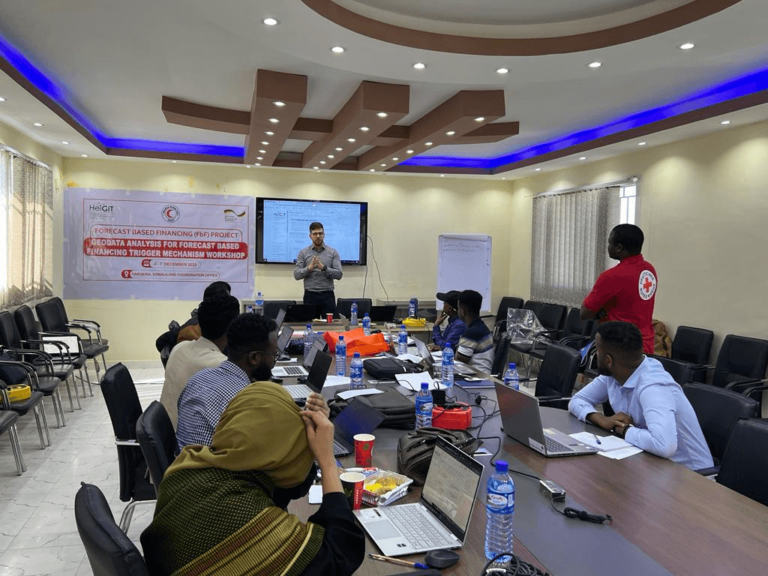
Teaming up with the Red Cross Red Crescent Climate Center, the HeiGIT team delved deep into the exciting quest of identifying the ideal forecast model for drought EAP and determining the most effective trigger thresholds. Our main challenge was to customize the model and thresholds precisely to ensure the forecast’s relevance for our target groups.
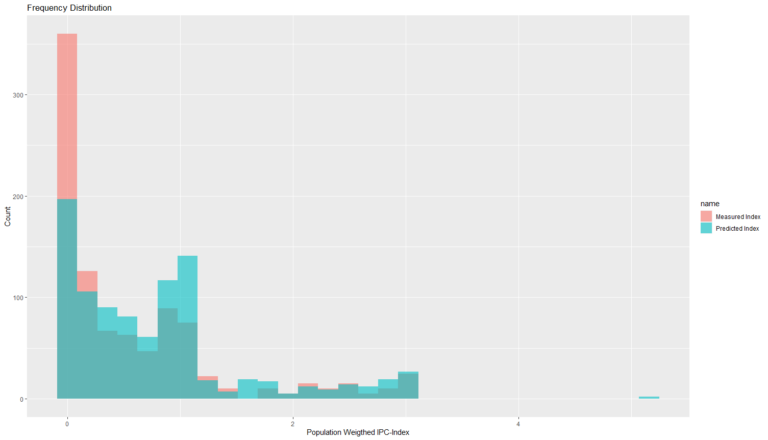
The development of the semiautomated monitoring & trigger workflow based on QGIS was driven by a commitment to simplicity and sustainability. The entire process can be completed using free and open-source software, without any maintenance requirements. The comprehensive documentation empowers individuals with limited GIS skills to carry out the process. The documentation can be found here.
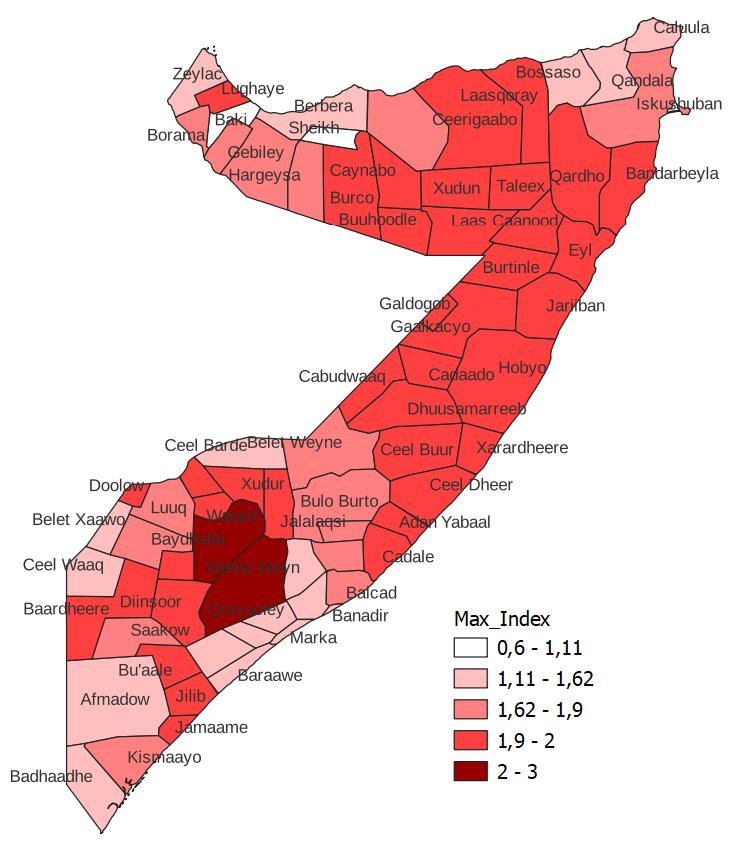
The semiautomated monitoring & trigger workflow was handed over to SRCS during a second GIS training in Hargeisa. The training ensured that SRCS staff could run the process without any assistance.
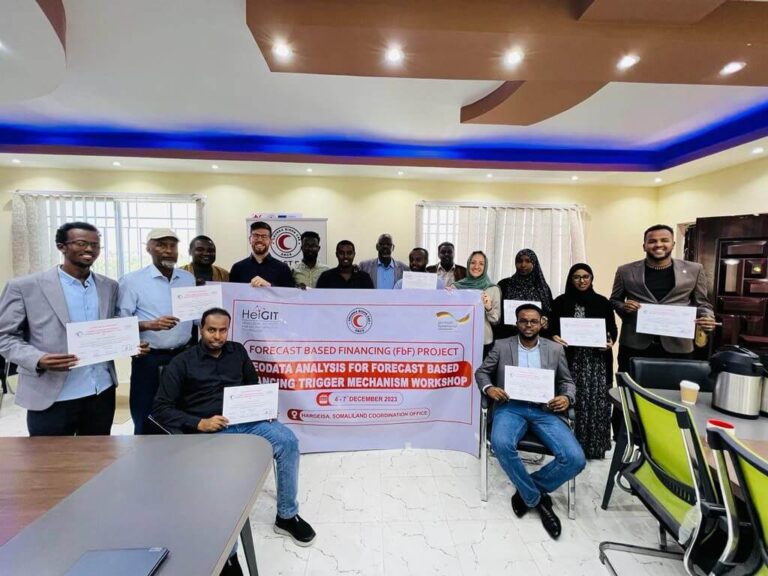
A high-quality risk assessment is an essential component of every AA project, requiring a tailored approach for each context to support rapid and accurate decision-making during activation. HeiGIT’s quantitative method emphasizes the integration of local knowledge and promotes sustainability by utilizing open-source software and open data.
Collecting data is the cornerstone of our project, and it’s a meticulous process. The first step always involves identifying available datasets, whether open source on the internet or provided by the partner organisation. Additionally, we prepare a stakeholder map to facilitate reaching out to institutions that might have additional data in a structured way. All the data is then transferred to a database, and we meticulously assess its quality in terms of resolution, currentness, and more. At this point, we can precisely identify data gaps. These are addressed in the next step.
To bridge any data gaps discovered during the data collection phase, we can depend on the collective expertise and technical capabilities of HeiGIT. The datasets we generate range from accessibility analysis to advanced techniques such as document scraping and cutting-edge machine learning methods, as well as frequently employing satellite imagery.
During this stage, we rely heavily on local knowledge. We typically host workshops where we bring together a diverse group of people, including subject matter experts and community representatives. The objective is to identify the indicators and datasets that reflect the vulnerability, coping capacity, and exposure of at-risk communities. Workshop participants assign weights to the selected indicators based on their relevance, as some information is more crucial than others in a certain risk scenario.
Depending on the number of available indicators, we utilize different methods. A straightforward ranking exercise suffices when dealing with just a few indicators. However, if we have hundreds of indicators, we employ more advanced techniques, such as the analytical hierarchy process.
When everything is in place, we calculate this risk score alongside the vulnerabilities, coping capacity and Exposure score. During this step we also take care about missing values. The results are presented in map format.
One of our principal emphases is sustainability. We hand over the whole risk assessment package in the framework of a multiday GIS and risk assessment training. This ensures that the partner organisation can update and modify the initial risk assessment in the future.
In Somalia, we’re initiating the first AA project on locusts within the Red Cross Red Crescent (RCRC) network. We aim to assist the Somali Red Crescent Society (SRCS) in warning vulnerable communities about locust swarms and safeguarding their livelihoods. Our activities include analyzing data to identify indicators of exposure, vulnerability, and coping capacity related to locust infestations. We are investigating correlations between Land Use Land Cover (LULC), Vegetation Index, and various weather conditions with desert locust observations. Additionally, we are implementing new tools for historical impact assessment (HIA), such as theDEEP, conducting “Tagatons” to tag reports from ReliefWeb and FAO Desert Locust Bulletins published monthly.

Image: Muhammet Mirik
In Madagascar, we are supporting the development of a full EAP for tropical cyclones. We have completed the draft of Terms of Reference (TOR) and will support the Malagasy Red Cross with the spatial risk assessment. In November, we will help the local team organize an extensive training session to equip more staff members with QGIS skills, knowledge on working with geodata, understanding and updating the risk assessment, and using mobile data collection techniques.

Image: Johannes Plenio
Our AA journey began in 2022 with a collaborative effort alongside the Somali Red Crescent Society (SRCS), the German Red Cross (GRC), and the Red Cross Red Crescent Climate Center (RCRCCC), aimed at addressing the recurring droughts in Somalia.
This additional stress exacerbates the existing fragility in the region, leading to food insecurity, livelihood losses, and widespread internal displacement. To confront these challenges, our team conducted spatial risk and historical impact assessments, devised monitoring and trigger mechanisms, incorporating feedback and local expertise at every stage. This collaborative effort culminated in the development of an Early Action Protocol (EAP) for drought in 2023, underscoring the importance of tive measures in combating humanitarian crises.

Somaliland GIS Training in December 2023
In Sudan, we supported the efforts to identify the communities most vulnerable and exposed to riverine floods. We used historical flood data and rural area accessibility data, provided by the German Aerospace Center, our strategic partner. The satellite imagery of past floods was essential for understanding their impact, while the accessibility analysis helped estimate the challenges of reaching affected people during flood events. We then transferred this knowledge to the GRC and the local team. However, due to the current conflict in Sudan, project activities could not be carried out as planned.
/arc-anglerfish-washpost-prod-washpost/public/QX6N6GHIIII6VP2EBUY4QWBYUU.jpg?imwidth=1800)
Image: Washington Post
In Pakistan, we are developing an Early Action Protocol (EAP) for riverine floods in the Indus River Basin. Launched in 2023, the project focuses on data collection to create a framework for early action in flood-prone areas. We are developing innovative methodologies, like asymmetric mapping for better indicator redistribution, and conducting a spatial risk assessment at the tehsil level for the entire basin. Additionally, we are holding a GIS training and risk assessment workshop for the Pakistan Red Cross Society (PRCS), ensuring local knowledge is included and ownership of services is transferred to local actors sustainably.
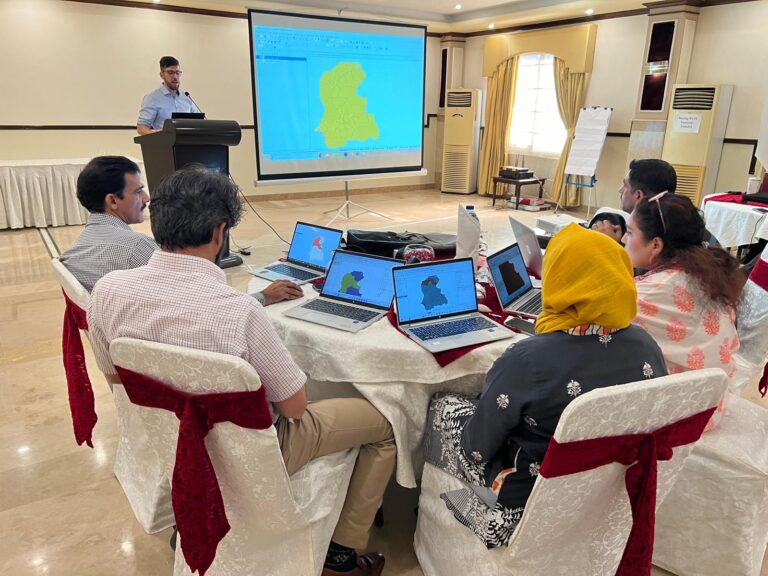
Risk Assessment Workshop and QGIS Training Islamabad, Pakistan
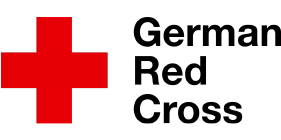
The partnership between the German Red Cross (GRC) and HeiGIT enables us to develop geoinformatic data products, methods and technology for the implementation of humanitarian activities of the Red Cross and Red Crescent Movement. At the same time, the knowledge gained from this partnership is incorporated into the work of HeiGIT.
Anticipatory Action (AA) is becoming an increasingly vital approach in…
As part of our ongoing work in Anticipatory Action, a…
Artificial Intelligence holds great promise for strengthening Anticipatory Action by…
This article was originally published on the website of 510,…
In the field of humanitarian aid, Anticipatory Action (AA) is…
This community conversation explored the challenges faced during the process of writing the Somali Red Crescent Society’s Early Action Protocol (EAP) for Drought. The speakers shared some of the hurdles that had to be overcome, the information required to address all the relevant questions, and the technical solutions implemented to facilitate the monitoring of forecasts and triggering actions.
When workshop participants were asked what comes to mind when they hear ‘AI’, one response stood out: POTENTIAL.
Anticipatory action involves taking proactive steps before a hazard occurs, which helps to mitigate its effects and optimize the use of resources.